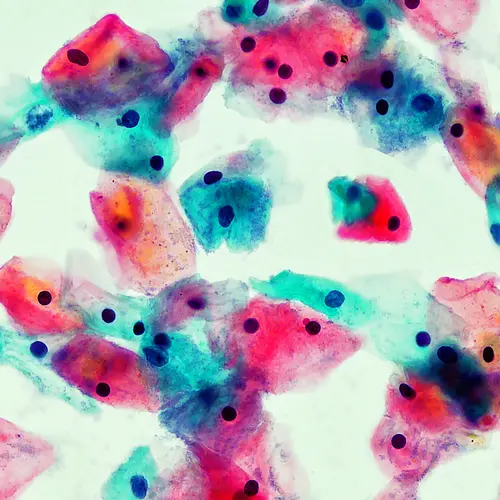It's a rare type of cancer that starts in the lining of blood or lymph vessels. It can be found anywhere on your body. But it usually shows on the skin of your head or neck, especially your scalp and face. It may also form in the skin of a breast or the deep tissue of your liver or heart.
Symptoms
They depend on where the cancer is located. If it’s on your skin, the most common signs include:
- A purple area that looks like a bruise
- A sore that doesn't get better and might continue to grow
- An area that bleeds when bumped or scratched
- A soft lump that you can feel or see
If the angiosarcoma is in deep tissue, like your liver or heart, symptoms are less obvious. You might feel pain. As it advances, a doctor may be able to feel a growth. Other signs depend on where the cancer is.
Causes
In most cases, the cause of an angiosarcoma isn't known. But there are some things that can make you more likely to get it:
- Treatment with radiation therapy
- Lymphedema, a swelling caused by damage to lymph vessels
- Exposure to some chemicals, including arsenic, vinyl chloride, and thorium dioxide
- Pre-existing lesions
How It's Diagnosed
To find out if you have angiosarcoma, your doctor will start with a physical exam. You’ll likely have several other tests:
Treatment
The right option for you will depend on where your cancer is located, its size, and if it has spread in your body. Treatment can be a mix of surgery, chemotherapy, and radiation.
Surgery is often the main treatment. The goal is to remove all of the cancer, as well as some of the healthy tissue around it. It may not be an option if the cancer is too big or has spread to other parts of your body.
Radiation uses X-rays or other high-energy beams to kill cancer cells or stop them from growing. It’s often used after surgery to kill any leftover cancer cells. It could be an option if you can't have surgery.
Chemotherapy uses drugs or chemicals that are taken by mouth or injected into a vein to kill cancer cells or stop them from dividing. It may be a choice if you can't have surgery. You sometimes get it along with radiation.
Outlook After Treatment
The earlier your cancer is diagnosed, the better your chances of living with the disease. People who have small tumors that are easy to remove have the best outlook. It's not as positive when the cancer has spread to other parts of your body.
That's why it's key to continue to follow up with your doctor after treatment.
